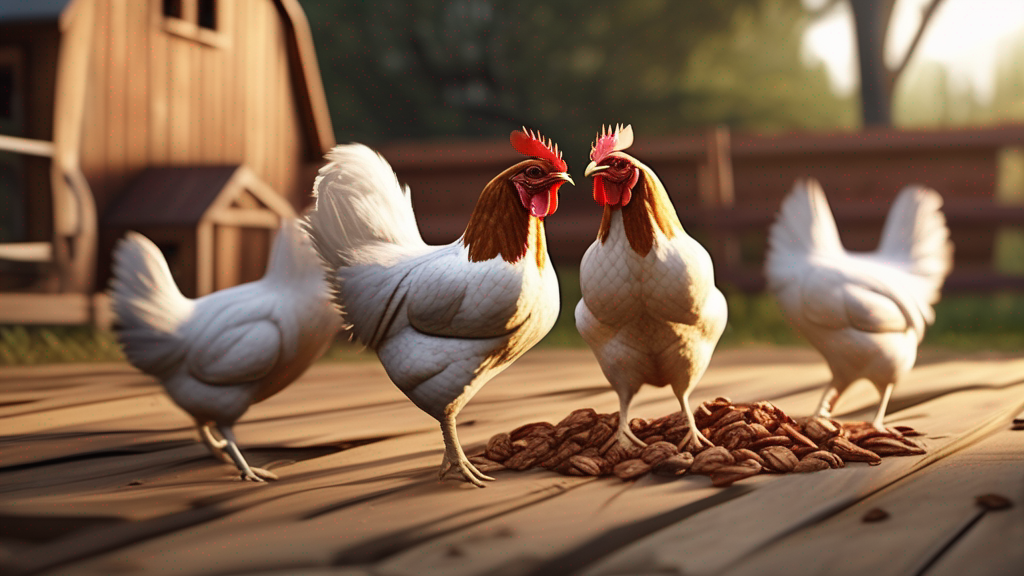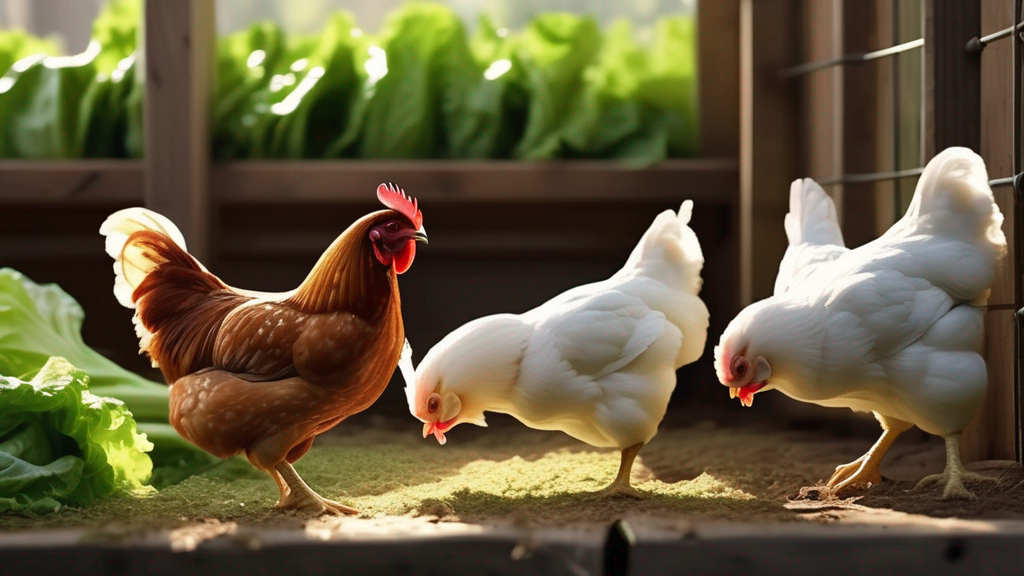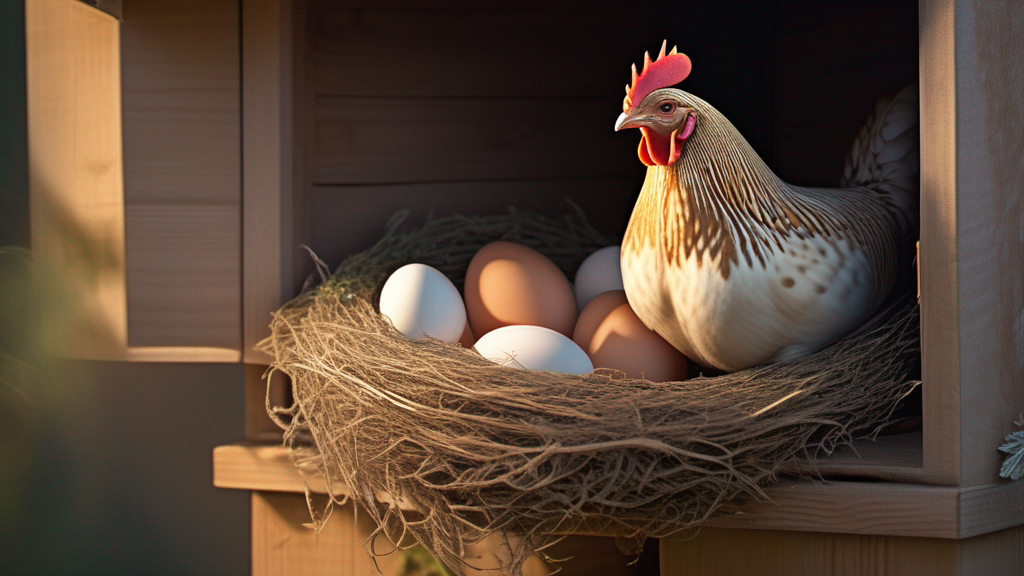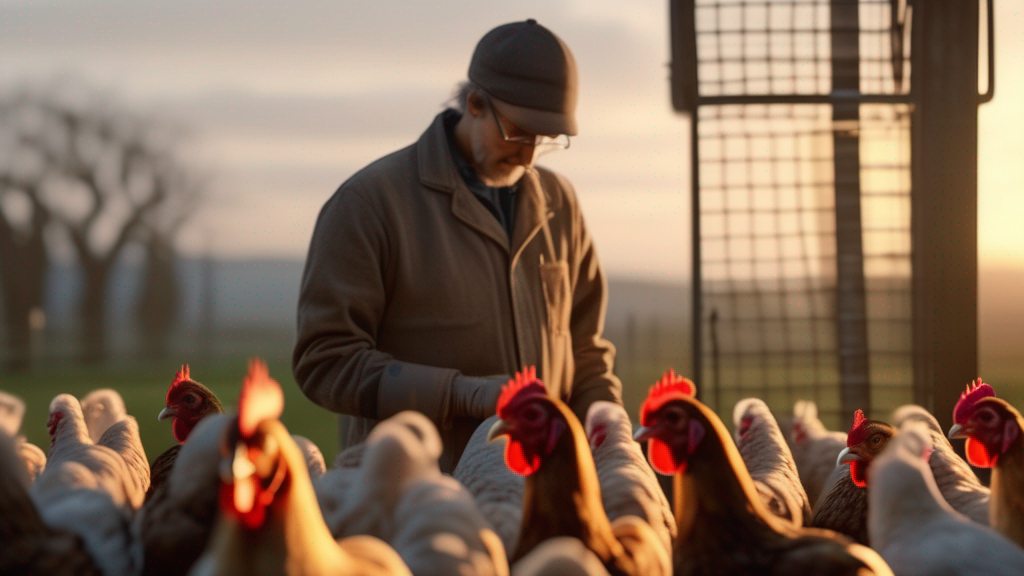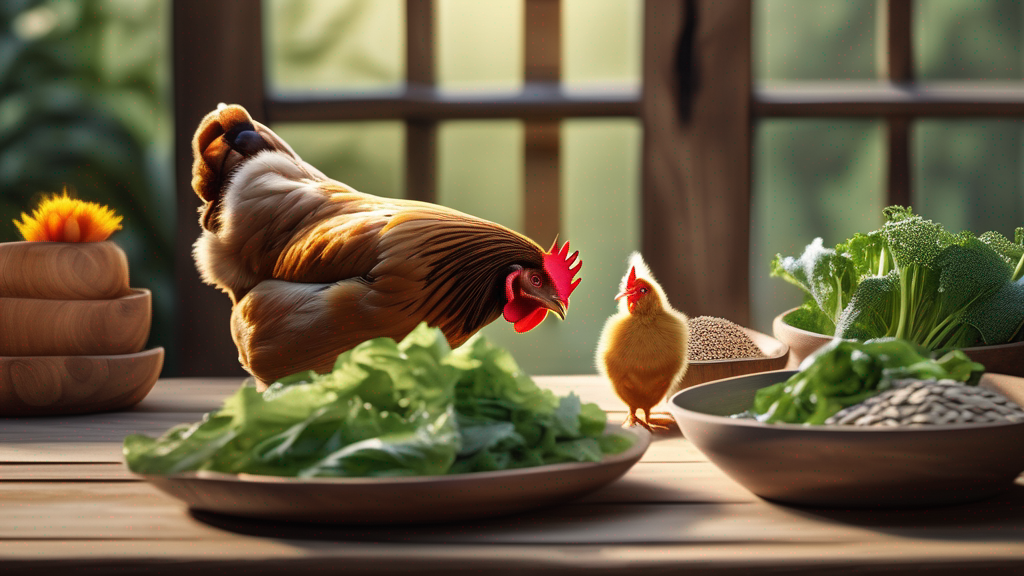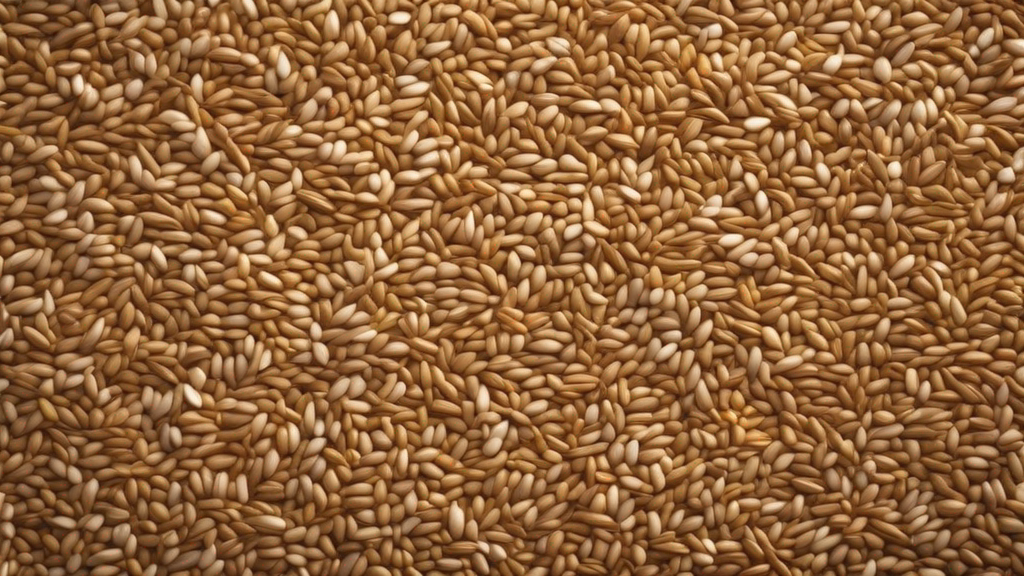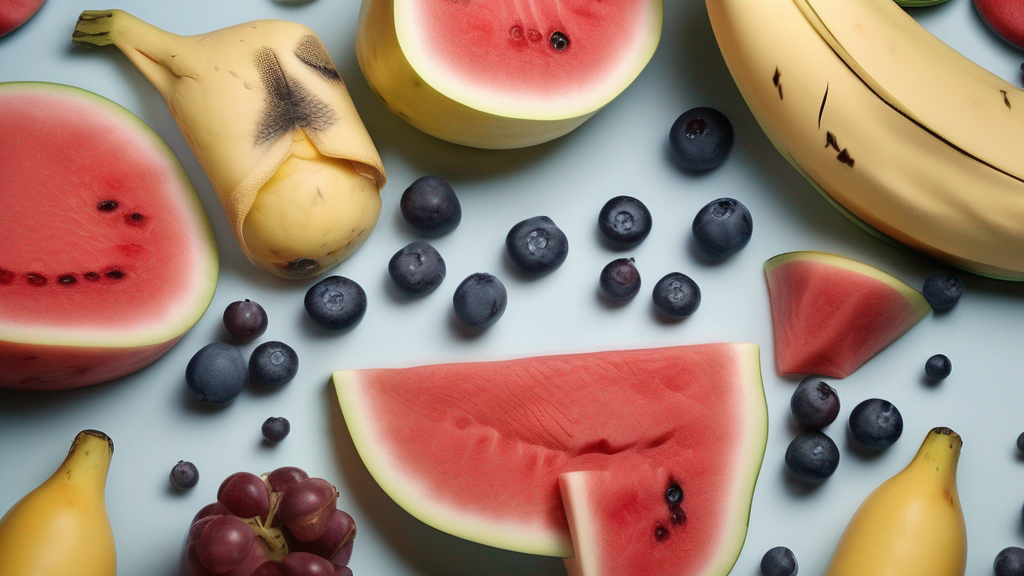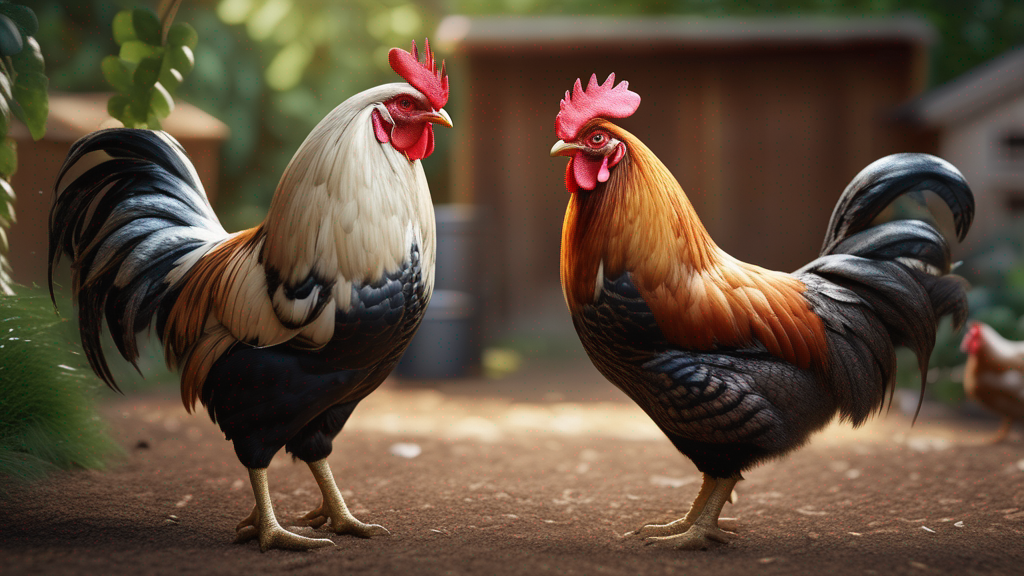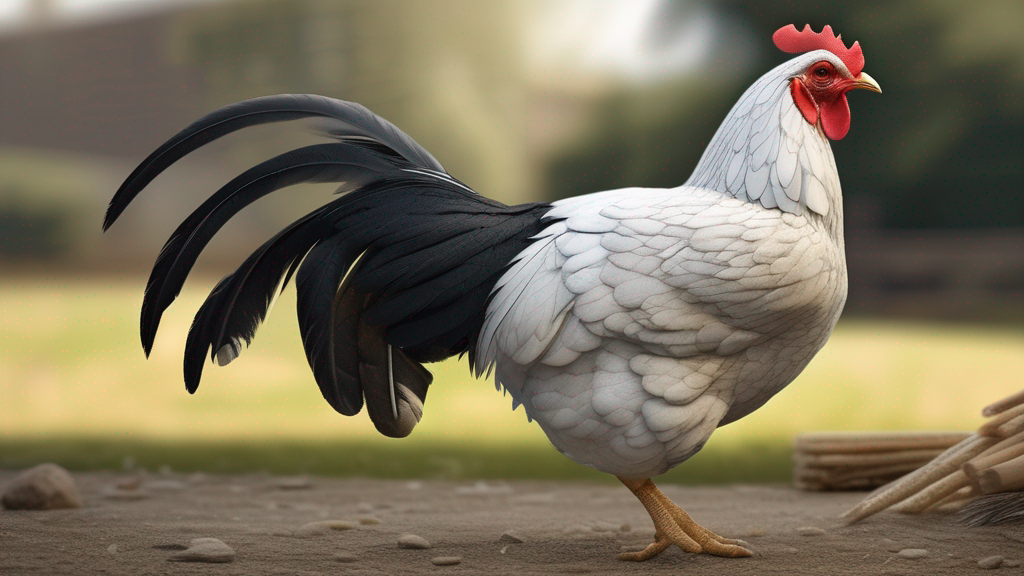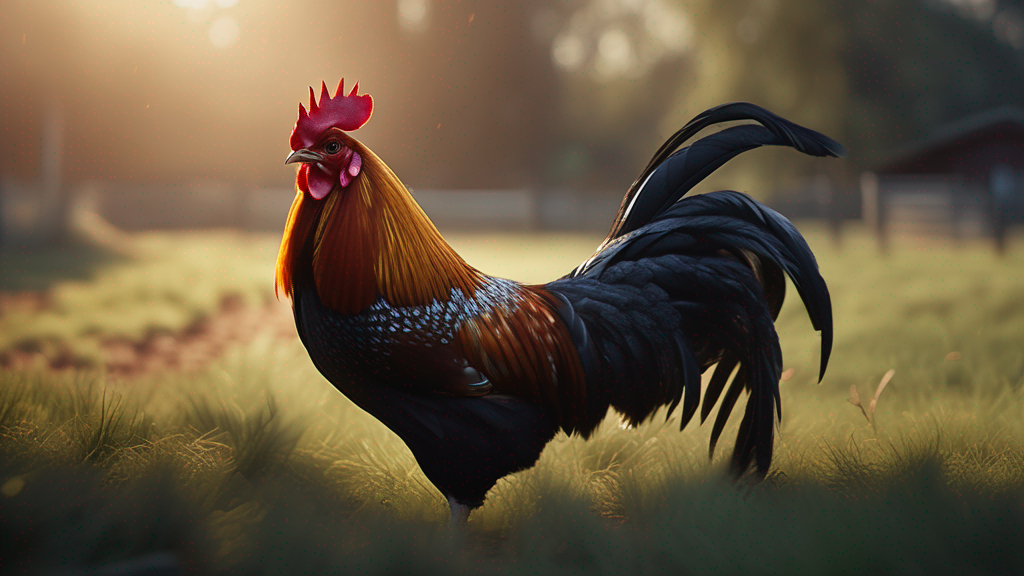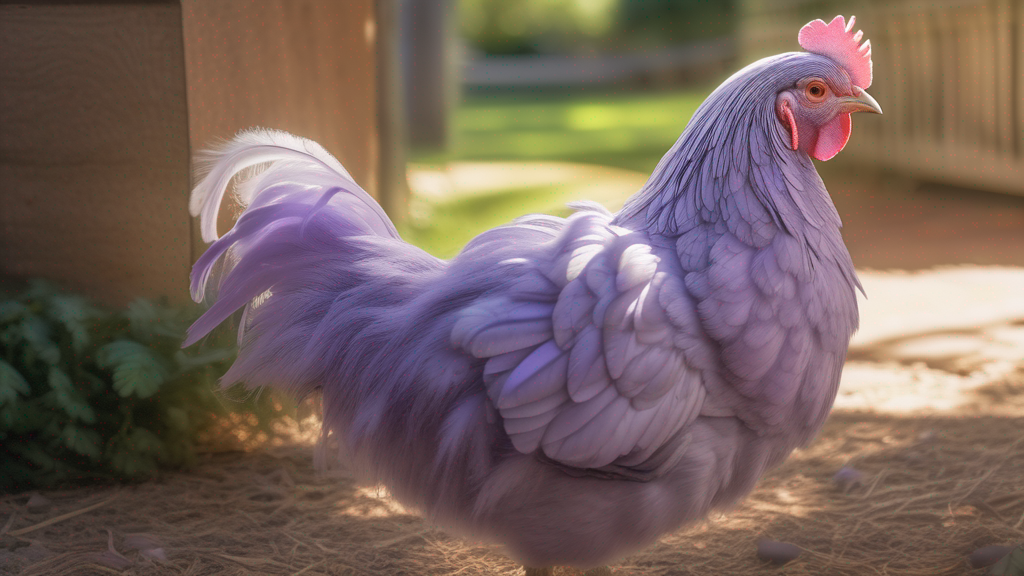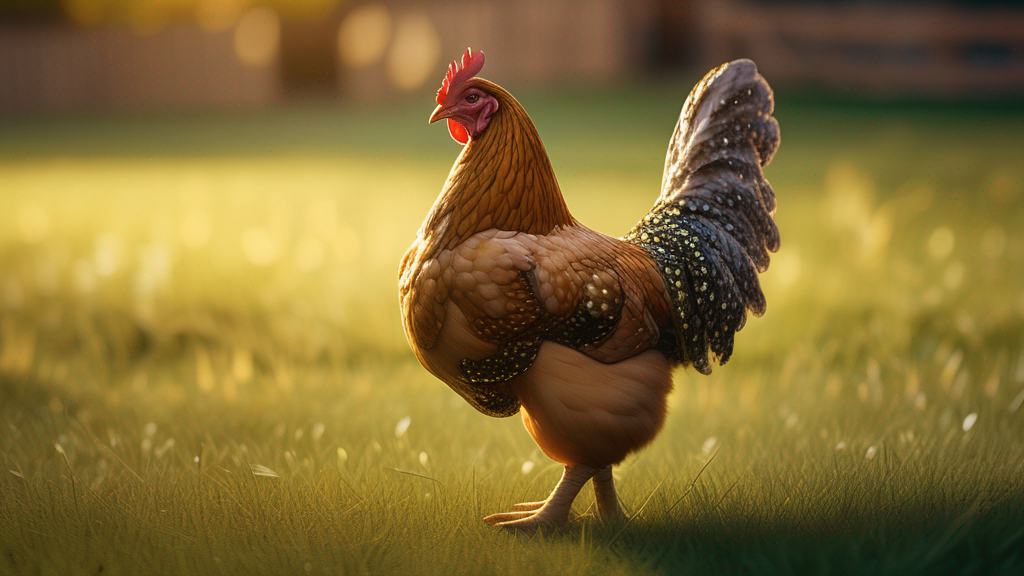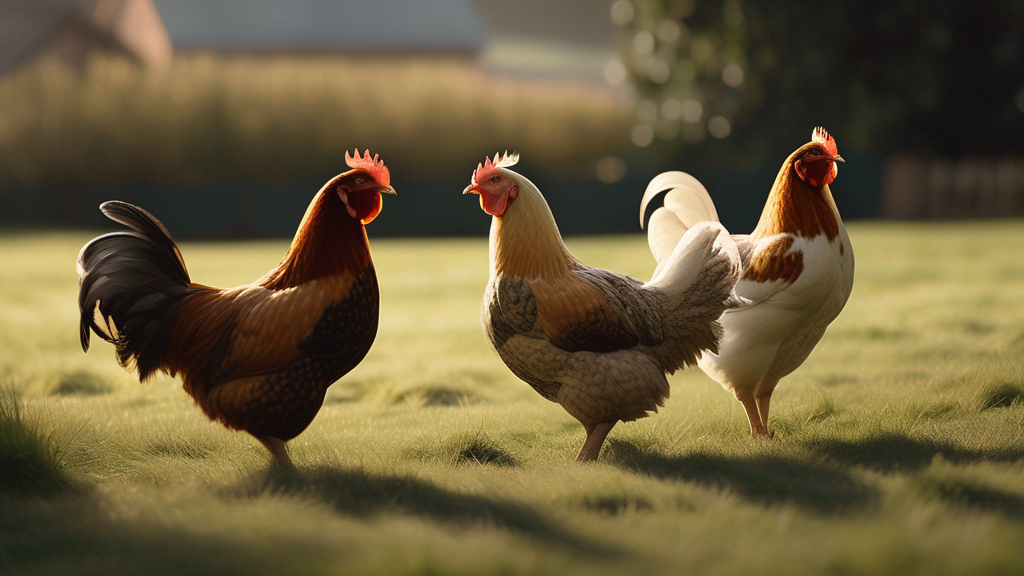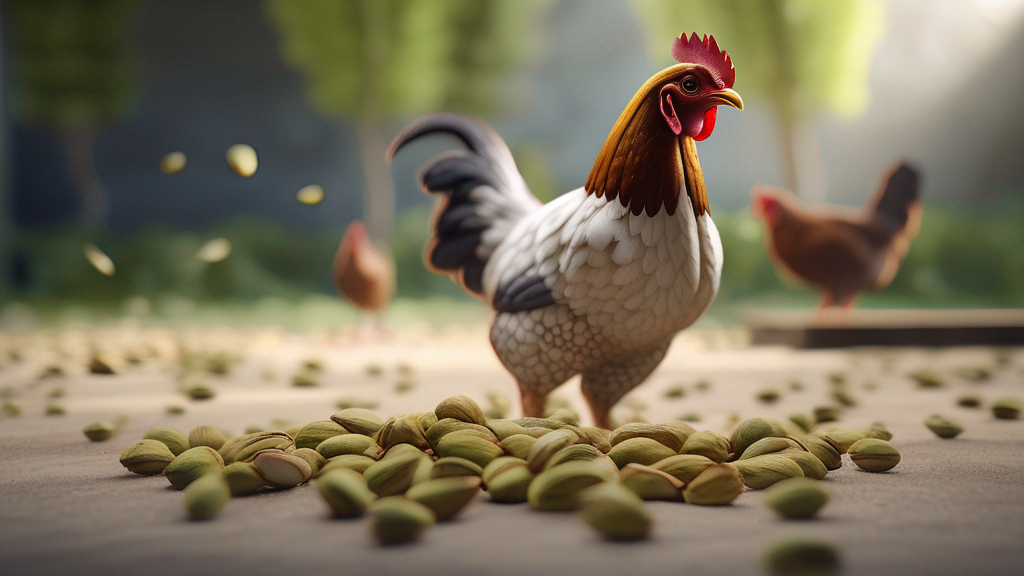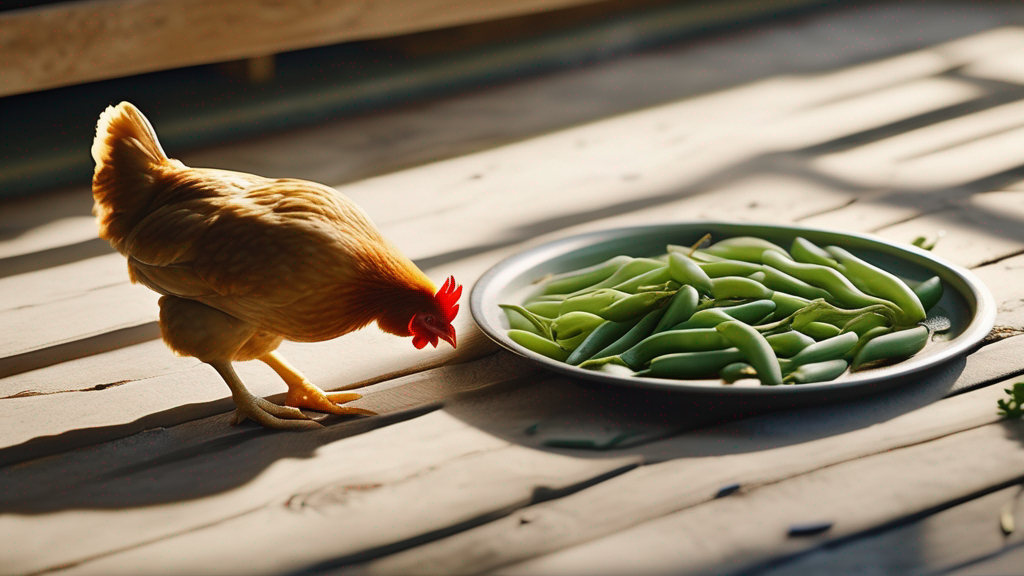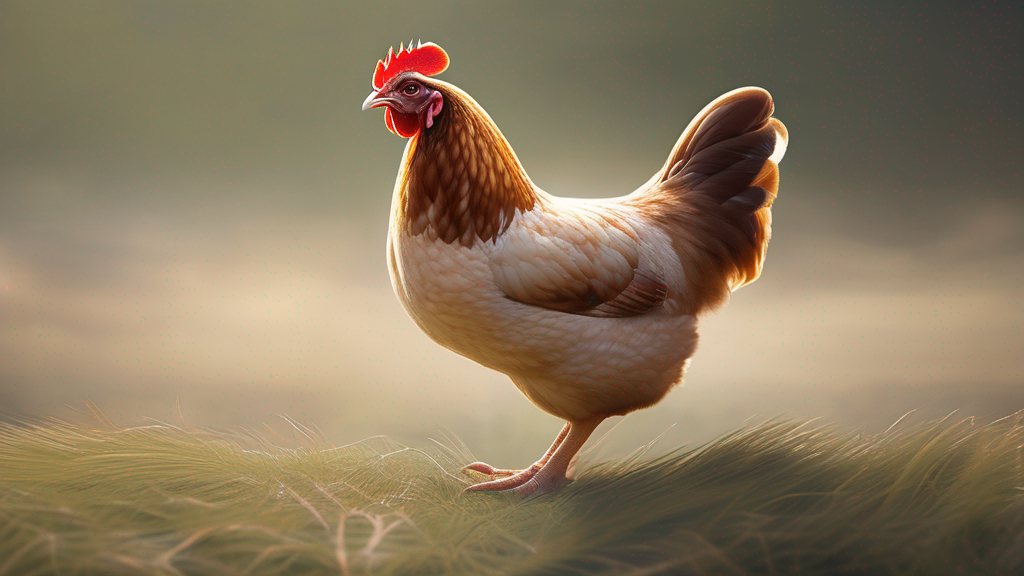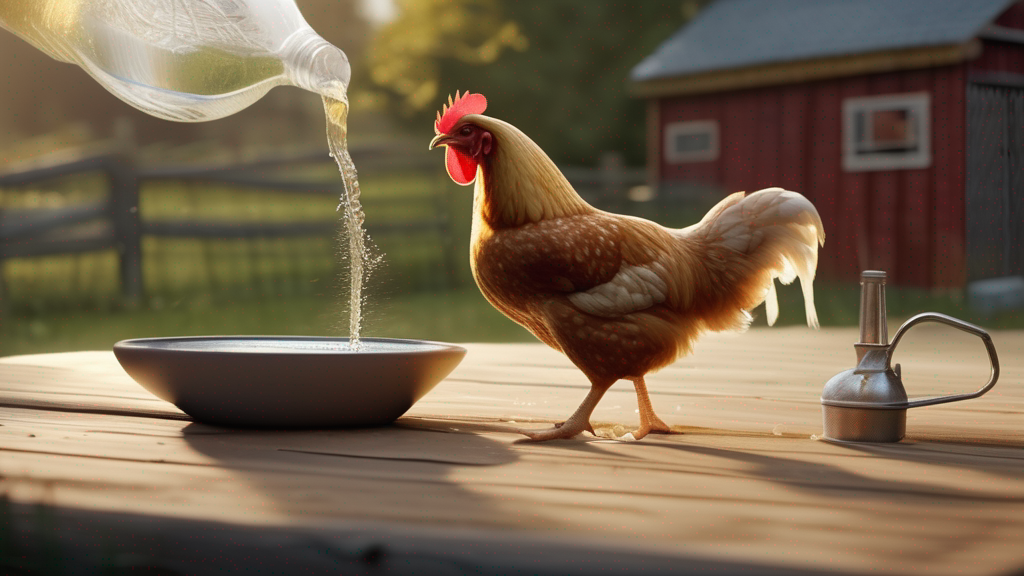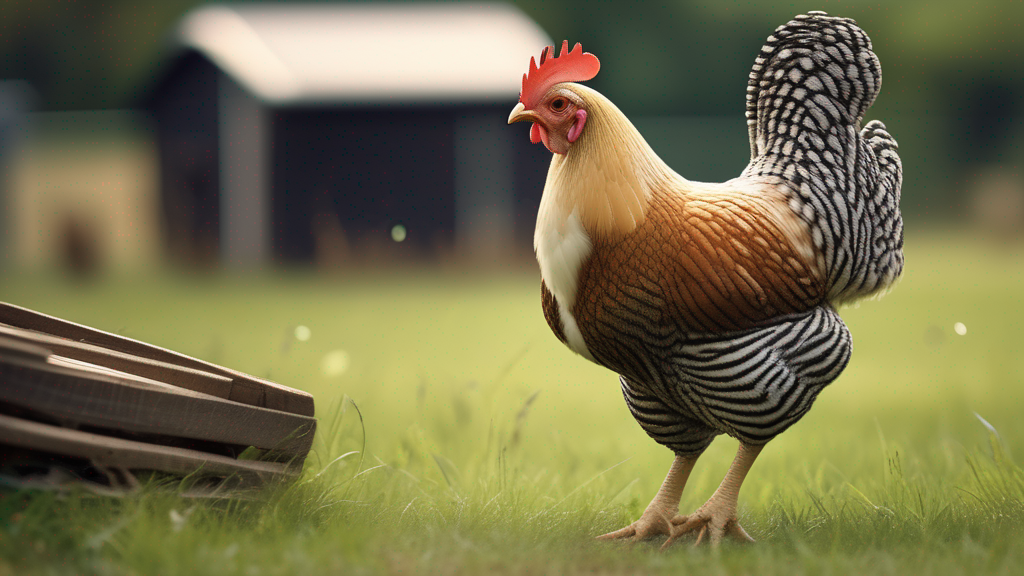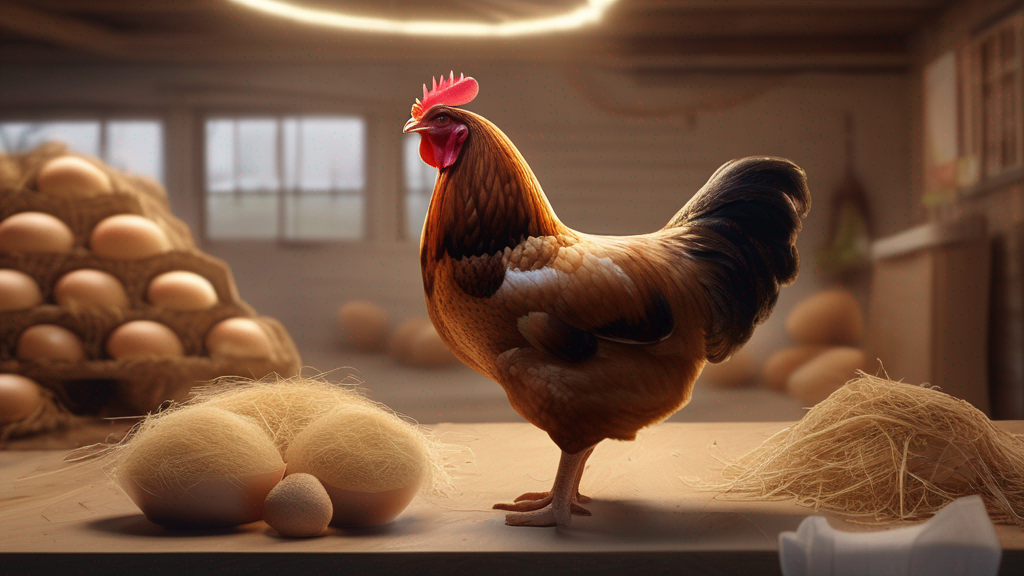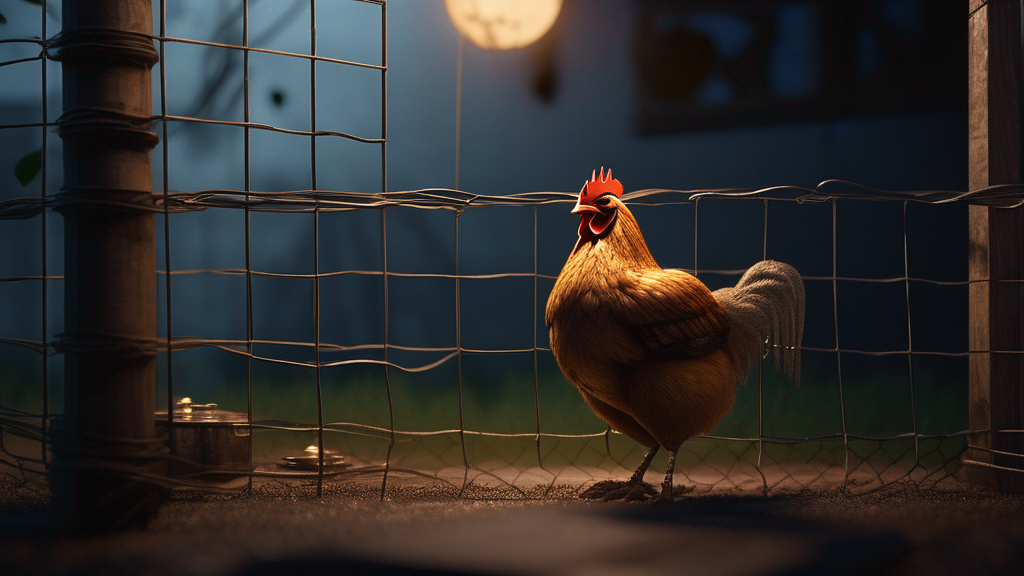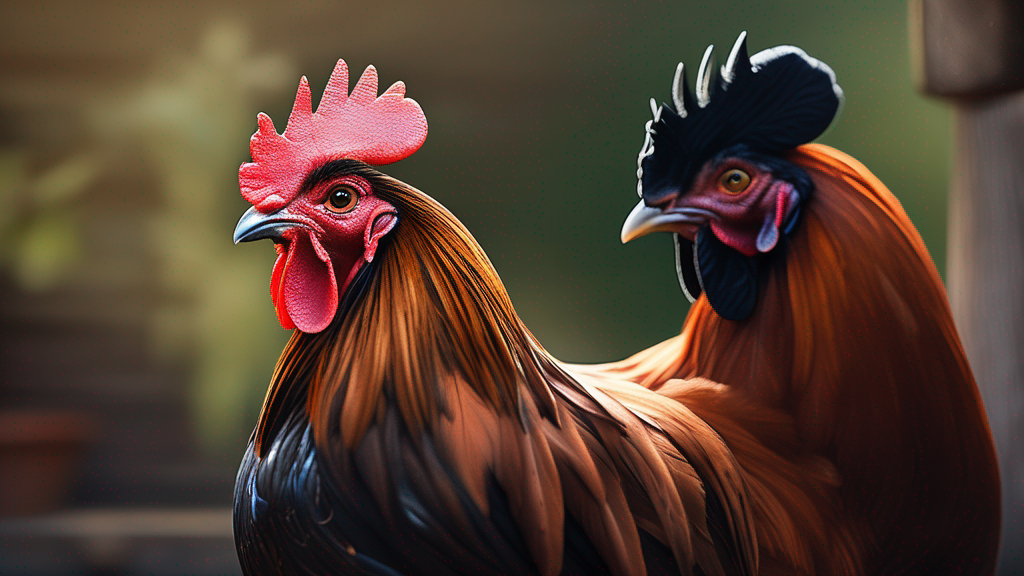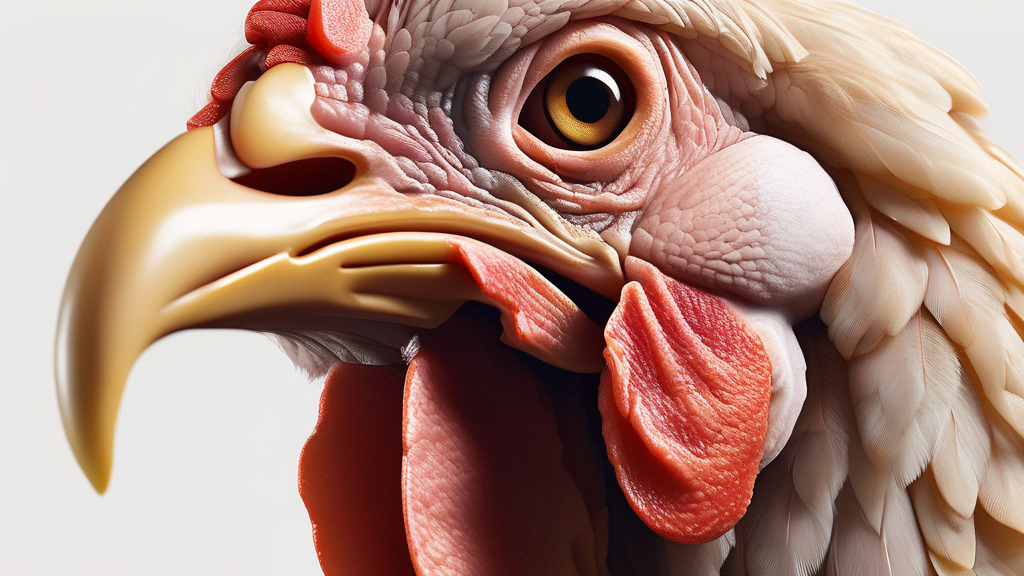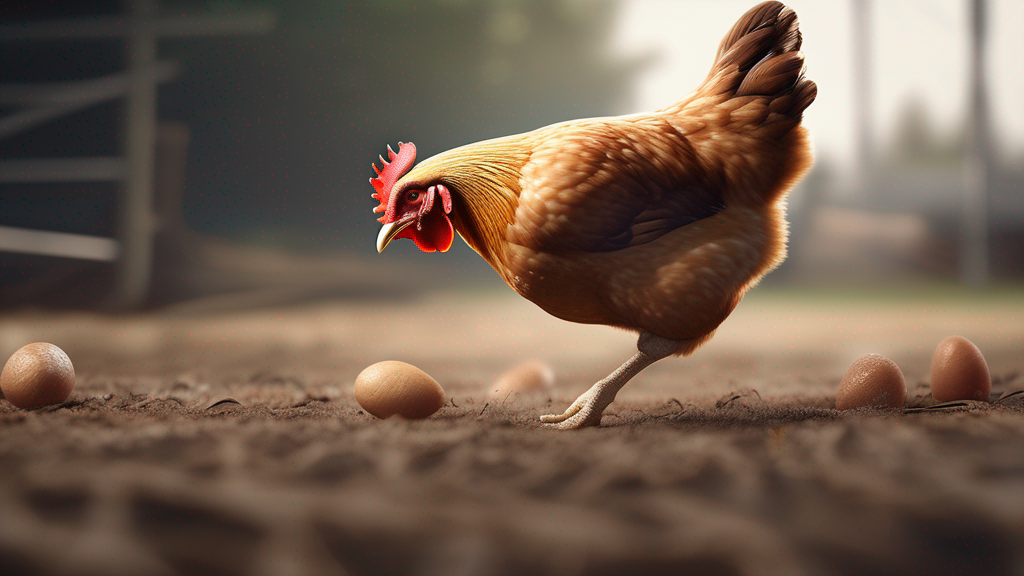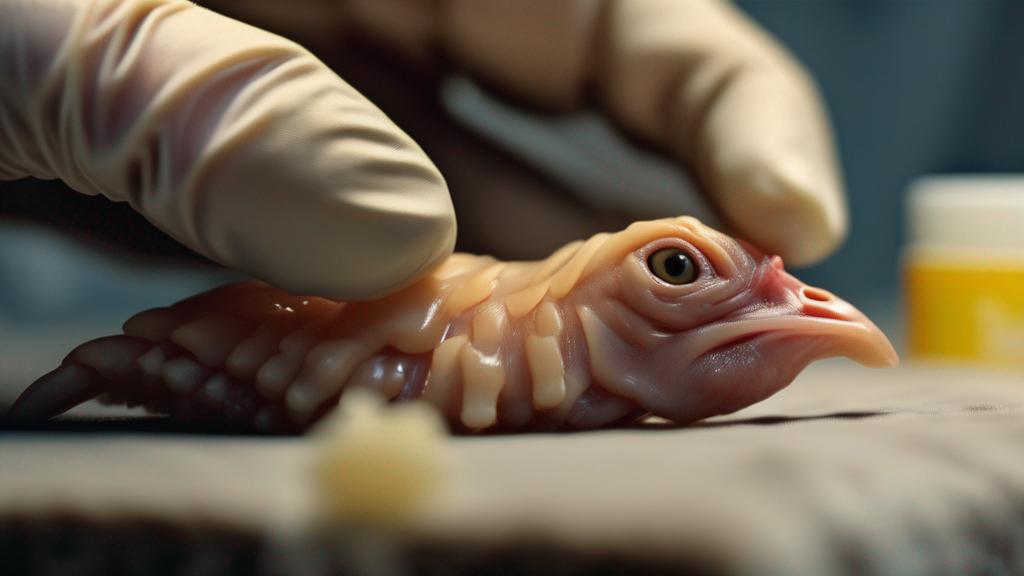Apple cider vinegar (ACV) has long been used by poultry keepers as a natural supplement to support flock health. Derived from fermented apple juice, ACV contains acetic acid, trace minerals, and beneficial compounds that may influence digestion, immunity, and general well-being in chickens.
This guide examines the evidence behind ACV’s use in poultry, its potential benefits and risks, proper preparation and dosage, practical application methods, expert insights, and frequently asked questions. By the end, you’ll have an in-depth resource to decide if and how to incorporate ACV into your chicken care routine.
1. What Is Apple Cider Vinegar?
Apple cider vinegar is produced by fermenting apple juice into alcohol and then into acetic acid through bacterial action. Unfiltered, raw ACV often contains “the mother”—a cloudy substance of beneficial bacteria, yeast, and proteins. ACV typically has an acetic acid concentration around 5%, along with small amounts of vitamins (e.g., B vitamins), minerals (potassium, magnesium), polyphenols, and probiotics. Its acidity and bioactive compounds have led to its use as a dietary supplement in various species, including poultry.
2. Nutritional & Chemical Composition
While ACV is not a feed and does not supply significant calories or macronutrients, its composition matters for functional effects:
| Component | Typical Amount | Potential Role |
|---|---|---|
| Acetic Acid | ~5% by volume | Lowers gut pH; may inhibit pathogenic bacteria and support digestion |
| Probiotics (“Mother”) | Present in unfiltered ACV | May contribute to gut microbial balance |
| Minerals | Trace amounts (potassium, magnesium, calcium) | Minor contribution to electrolyte balance; does not replace balanced diet |
| Polyphenols & Antioxidants | Variable, depending on apples and fermentation | Potential antioxidant support; evidence in poultry is limited but promising |
Because ACV’s nutrient content is minor relative to feed, its benefits derive mainly from its acidity and bioactive compounds rather than macronutrient supply.
3. Potential Benefits of ACV for Chickens
Research and keeper reports suggest multiple possible benefits of adding ACV to drinking water or feed. While some findings come from controlled studies, others reflect anecdotal experiences. Key potential benefits include:
- Improved Digestive Health & Gut pH: Acetic acid can lower gastrointestinal pH, creating an unfavorable environment for pathogens while supporting beneficial microbes. Acidified water may aid nutrient absorption by helping break down minerals and proteins.
- Enhanced Immune Response: Some studies in broilers show that dietary vinegar can improve immune parameters and intestinal morphology, suggesting better nutrient uptake and barrier function. ACV’s polyphenols and antioxidants may further support overall health.
- Antimicrobial & Anticoccidial Effects: ACV’s acidity may help control coccidiosis and Clostridium-related issues. Observational reports indicate reduced oocyst counts and milder clinical signs of coccidiosis when ACV is added to water. Acidifying drinking water may slow pathogenic bacterial growth, lowering disease risk.
- Improved Feed Efficiency & Growth (Broilers): Broiler studies indicate that adding low levels of vinegar to diets or water can enhance weight gain and feed conversion. While layers may not need growth benefits, improved gut health can support stable body condition.
- Feather Health & Molt Support: Some keepers report faster feather regrowth during molt when hens receive ACV, possibly due to improved nutrient absorption and a balanced gut microbiome. Though formal studies on feather regrowth are limited, good digestion logically supports feather development.
- Hydration Aid: In hot weather or mild stress, ACV in water may encourage drinking. While ACV does not supply electrolytes directly, its flavor can stimulate water intake if palatable to birds.
- General Well-Being & Appetite Stimulation: Some chickens with mild digestive upset or stress may drink ACV water more readily and resume normal feed intake faster. Acceptance varies among birds.
Overall, ACV is not a cure-all but may complement good management and nutrition when used appropriately.
4. Risks & Precautions
- Excessive Acidity: High concentrations can overly acidify drinking water, possibly reducing intake or causing crop irritation. Always dilute properly.
- Digestive Upset: Sudden introduction at high levels may cause mild diarrhea or reduced feed intake. Introduce gradually and observe droppings and behavior.
- Equipment Corrosion: ACV’s acidity can corrode metal drinkers or fittings over time. Use plastic or stainless steel equipment and rinse containers periodically.
- Quality & Contaminants: Use raw, unfiltered ACV with “mother” for potential probiotic benefits. Avoid flavored, sweetened, or distilled vinegars lacking beneficial compounds. Store ACV in a cool, dark place to maintain quality.
- Interaction with Medications: If birds are on medications or supplements, consult a poultry veterinarian. ACV may alter gut pH and affect absorption of certain drugs.
- Not a Substitute for Veterinary Care: ACV should not replace vaccinations, deworming, or prompt treatment for serious diseases. Use ACV as an adjunct to standard health protocols.
5. Recommended Dosage & Preparation
Dosage varies by flock and context. General guidelines:
| Method | Typical Dosage | Frequency & Notes |
|---|---|---|
| Drinking Water | 1 tablespoon (15 mL) ACV per gallon (3.8 L) water | Daily or several times a week; monitor water intake. Some use 1 teaspoon per gallon initially, then increase if tolerated. Offer fresh solution daily. |
| Feed Top-Dressing | Small amount mixed into mash or sprinkled on feed | Less common and harder to dose; water supplementation is preferred for consistency. |
| Bath or Spray (Environmental) | 1 part ACV to 10–20 parts water | Used sparingly for coop cleaning or dust-bath areas. Avoid direct application on birds’ skin or eyes; use in environment rather than sprayed on birds. |
| Electrolyte/Emergency Mix | Small ACV amount plus electrolytes in water | During heat stress or recovery; ensure acidity remains mild and follow guidance for electrolyte mixes. |
Key points:
- Begin with a low concentration (e.g., 1 teaspoon per gallon) when first introducing ACV; observe acceptance.
- Refill drinkers daily with fresh ACV solution; avoid letting it sit for long periods.
- Monitor water consumption: if intake decreases, dilute further or reduce frequency.
- Adjust dosage seasonally: during stress (heat, illness), some keepers increase ACV frequency briefly; during normal conditions, maintain a minimal maintenance dose or cycle periodically.
6. How to Introduce ACV to Your Flock
- Choose Quality ACV: Select raw, unfiltered apple cider vinegar with “mother.” Avoid flavored or distilled vinegars lacking beneficial compounds.
- Clean Drinkers: Use plastic or stainless steel waterers. Rinse thoroughly before adding ACV solution to avoid residue buildup.
- Initial Trial: Begin with 1 teaspoon ACV per gallon of water for 2–3 days. Observe water intake, droppings, and behavior.
- Gradual Increase: If well tolerated, increase to 1 tablespoon per gallon. Continue for 5–7 days. If no adverse effects, this can be a maintenance level offered periodically (e.g., one week per month).
- Monitor Flock Response: Watch for normal water consumption, healthy droppings, active behavior, steady egg production, and good feather condition during molt.
- Adjust as Needed: If birds refuse water, dilute further. During stress (e.g., heat wave, post-vaccination), consider temporarily adding ACV daily at maintenance dose.
- Record Keeping: Note dates and observations (water intake, egg production, health events) in a flock journal to correlate ACV use with outcomes and refine regimen.
7. ACV in Coop & Dust Bath Areas
Beyond drinking water, ACV can support coop hygiene and parasite control:
- Cleaning Surfaces: Dilute ACV (1:10 to 1:20) in water to wipe down feeders, waterers, and perches. Its acidity may reduce bacterial load. Rinse surfaces afterward if residue concerns arise.
- Dust Bath Enhancement: Sprinkle a small amount of diluted ACV solution into dust-bathing areas (dry soil, sand, or diatomaceous earth mixture). The slight acidity may deter mites or lice, though evidence is anecdotal. Use sparingly to avoid wetting substrate.
- Environmental Spray: Spray diluted ACV around coop walls or run fences (not directly on birds) to help control odor and discourage pests. Ensure adequate ventilation so fumes dissipate quickly.
Do not spray ACV directly onto birds’ skin or into eyes. Use environmental applications only.
8. Expert Insights & Keeper Experiences
- “Acidifying water with apple cider vinegar can help maintain gut health in my flock, especially during seasonal changes. I use 1 tablespoon per gallon for a week each month and see no drop in water intake.” – Poultry Nutrition Specialist.
- “During hot summers, adding ACV to water seems to encourage my hens to drink more, likely because of slight flavor. I monitor closely—if intake dips, I reduce concentration.” – Backyard Chicken Keeper.
- “Studies show improved immune response and intestinal health in broilers with vinegar diets. Improved digestion translates to better nutrient absorption for egg production.” – Poultry Researcher.
- “I clean my drinkers weekly and refill with fresh ACV solution. Equipment holds up well in plastic containers; I avoid metal that may corrode.” – Small-Scale Farm Owner.
- “For mite control, I add a light mist of diluted ACV around dust bath area. Combined with diatomaceous earth, it seems to reduce external parasites over time.” – Homesteader Journal.
9. Frequently Asked Questions (FAQs)
Q1: Can chicks drink ACV water?
Chicks under 6 weeks should receive clean water without additives. After 6–8 weeks, a very diluted ACV solution (e.g., 1 teaspoon per gallon) may be introduced gradually if desired. Monitor carefully for any reduction in water intake or digestive upset. Primary focus for chicks remains balanced starter feed.
Q2: How often should I use ACV?
Many keepers cycle ACV use—e.g., one week per month at 1 tablespoon per gallon. Others offer continuously at lower concentration (1 teaspoon per gallon) if birds tolerate well. Use more frequently during stress periods (heat, illness), but always monitor intake and health.
Q3: Can ACV replace medications or probiotics?
No. While ACV may support gut health, it should not replace veterinary treatments, vaccinations, or targeted probiotic supplements when indicated. Use ACV as a complementary measure within a comprehensive health program.
Q4: Is unfiltered ACV necessary?
Unfiltered ACV containing “mother” may offer additional probiotic-like benefits, though scientific data in poultry is limited. Filtered vinegar still provides acetic acid for acidification. Choose raw, unfiltered ACV when possible for potential added benefits.
Q5: Will ACV affect egg taste or quality?
At recommended dilutions, ACV should not affect egg flavor or shell quality adversely. Some believe ACV supports stronger shells due to better calcium absorption, but consistent layer feed with free-choice oyster shell remains primary factor.
Q6: Can I use other vinegar types?
White or distilled vinegar is more acidic and lacks the beneficial compounds of ACV. It may overly acidify water and lacks the “mother.” If using vinegar for acidification alone, ensure proper dilution; however, ACV is preferred for its additional bioactive components.
Q7: Are there studies on long-term ACV use in layers?
Most formal studies focus on broilers and short-term metrics. Long-term studies in layers are limited; anecdotal evidence suggests moderate, cyclic use is safe. Always observe flock health metrics (egg production, shell quality, behavior) when using ACV over extended periods.
10. Conclusion
Apple cider vinegar can be a useful, natural supplement in chicken care when used appropriately. Its acetic acid may support digestive health, create an unfavorable environment for pathogens, and improve nutrient absorption and immune response. Research in broilers indicates benefits for gut morphology, while anecdotal reports in layers suggest support during molt, heat stress, and general well-being. Always use raw, unfiltered ACV at recommended dilutions (e.g., 1 tablespoon per gallon of water), introduce gradually, and monitor flock response. Combine ACV use with sound nutrition, biosecurity, and veterinary care—ACV complements but does not replace essential health practices. With careful application, apple cider vinegar can be part of a holistic approach to maintaining a healthy, productive flock.
